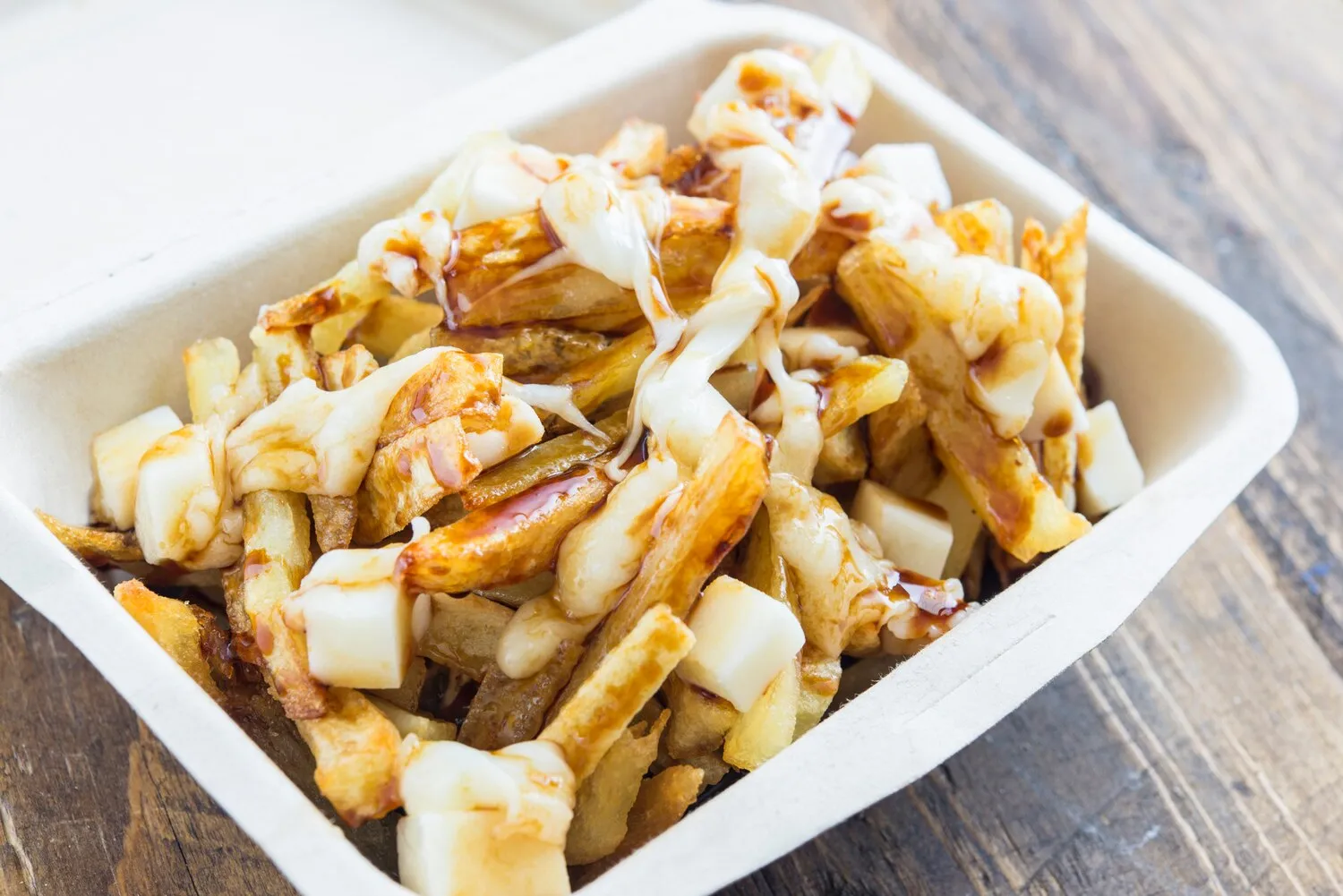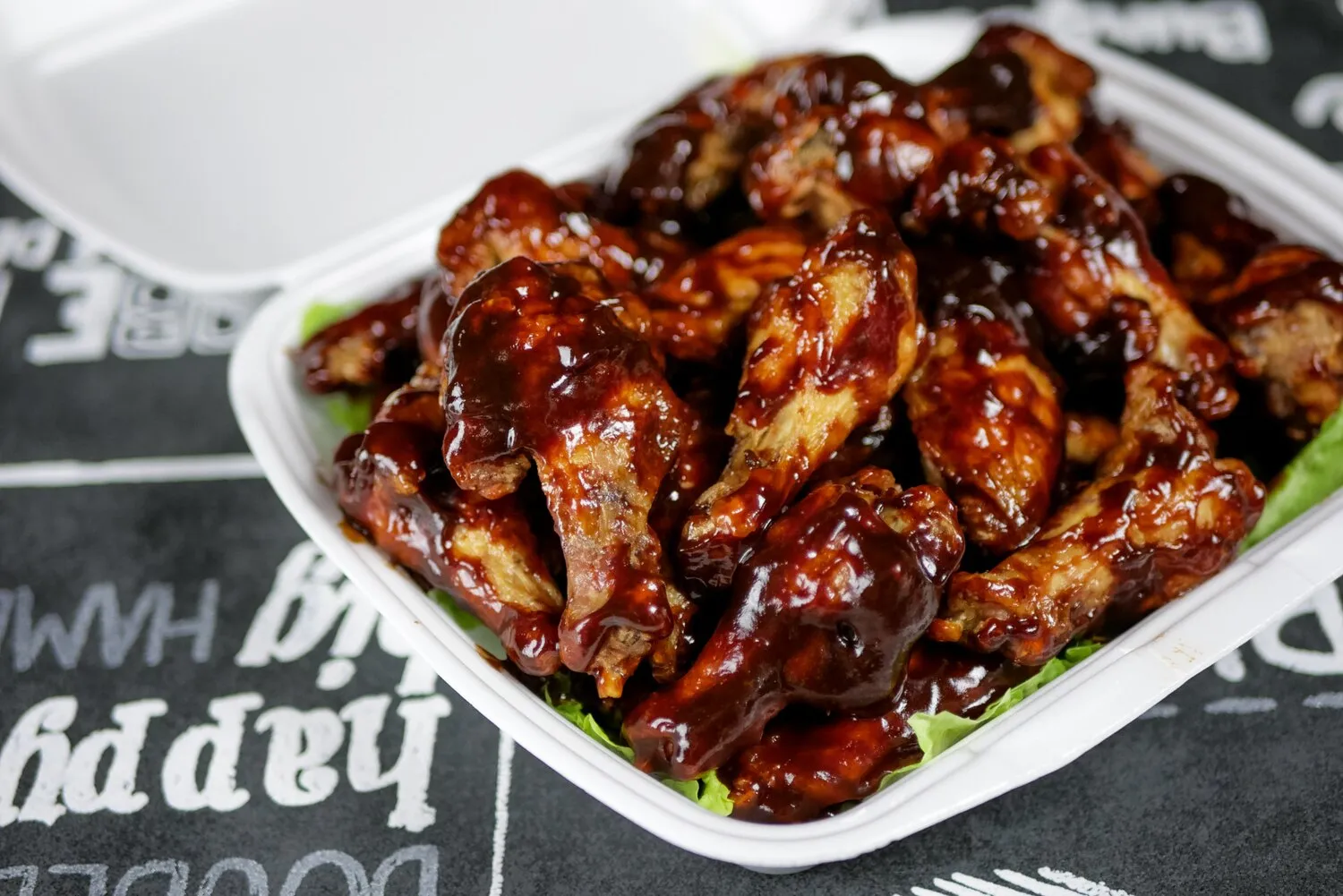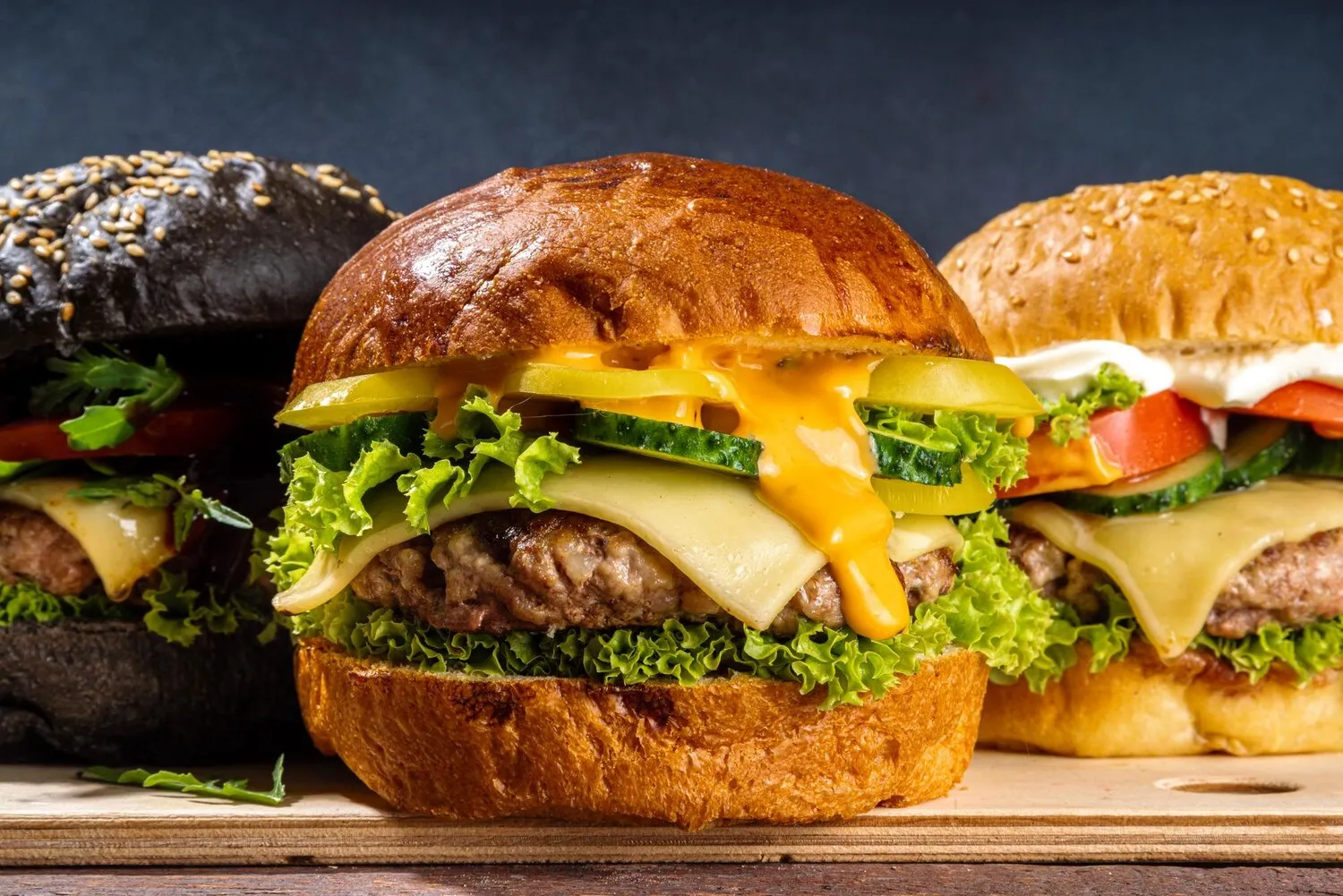
Poutine
Poutine is mentioned by reviewers.
Nutrition Facts
* The % Daily Value (DV) tells you how much a nutrient in a serving of food contributes to a daily diet. 2,000 calories a day is used for general nutrition advice.
Dockside Bar & Grill
The exact origins of poutine are debated, but it emerged in rural Quebec in the 1950s. Several restaurants in the Centre-du-Québec region claim to be the originator. One story attributes it to Fernand Lachance from Warwick, Quebec, who allegedly exclaimed 'Ça va faire une maudite poutine!' (That will be a damn mess!) when asked to add cheese curds to fries by a customer. Another origin story points to Jean-Paul Roy in Drummondville.
Poutine has evolved from a humble snack in rural Quebec to a national dish of Canada and a popular comfort food around the world. It represents Canadian identity and culinary ingenuity.
Symbol of Quebecois Identity
Initially considered a rural Quebecois dish, poutine has become deeply intertwined with the province's culture and pride.
National Dish of Canada
Poutine's popularity has spread across Canada, solidifying its status as a national dish and a culinary representation of the country.
Poutine Festivals and Competitions
Poutine festivals are held across Canada, showcasing variations of the dish and celebrating its cultural significance.
Variations and Innovations
While the classic combination remains popular, chefs have created countless variations of poutine, incorporating diverse ingredients and flavors.
Poutine boasts a savory, rich, and slightly tangy flavor profile. The interplay between the salty fries, fresh cheese curds, and savory gravy is crucial.
The fries provide a starchy, comforting base. The cheese curds contribute a milky, slightly salty, and squeaky texture, adding a fresh dairy element. The gravy is the unifying component, bringing savory, meaty, and often subtly peppery or herby notes that complement both the fries and cheese. The gravy's warmth also melts the cheese curds slightly, creating a gooey and indulgent experience. The ideal gravy is typically chicken, beef, or vegetable based, and must be rich enough to coat the fries without making them soggy.
Fresh Cheese Curds are Essential
Use cheese curds that are as fresh as possible. They should be squeaky when bitten into, indicating their freshness. If you can't find fresh curds, ones that have been refrigerated for a very short time are better than frozen or older.
Proper Fry Preparation
The fries should be thick-cut, double-fried, and crispy on the outside while remaining soft and fluffy on the inside. Russet potatoes are a good choice. Avoid overcrowding the fryer to ensure even cooking.
Gravy Temperature and Consistency
The gravy should be hot, smooth, and thick enough to coat the fries without making them soggy. It should be rich and flavorful, complementing the fries and cheese curds.
Assembly Matters
Place the fries in a bowl or dish, top with the cheese curds, and then ladle the hot gravy over the cheese. The heat from the gravy will slightly melt the cheese curds, creating the desired gooey texture.
Explore additional Bar Food dishes and restaurants
Explore Bar FoodDiscover top dining spots and culinary experiences in Chestermere.
Explore ChestermereLearn more about the food culture, restaurant scene, and culinary heritage of Canada.
Explore Canada

